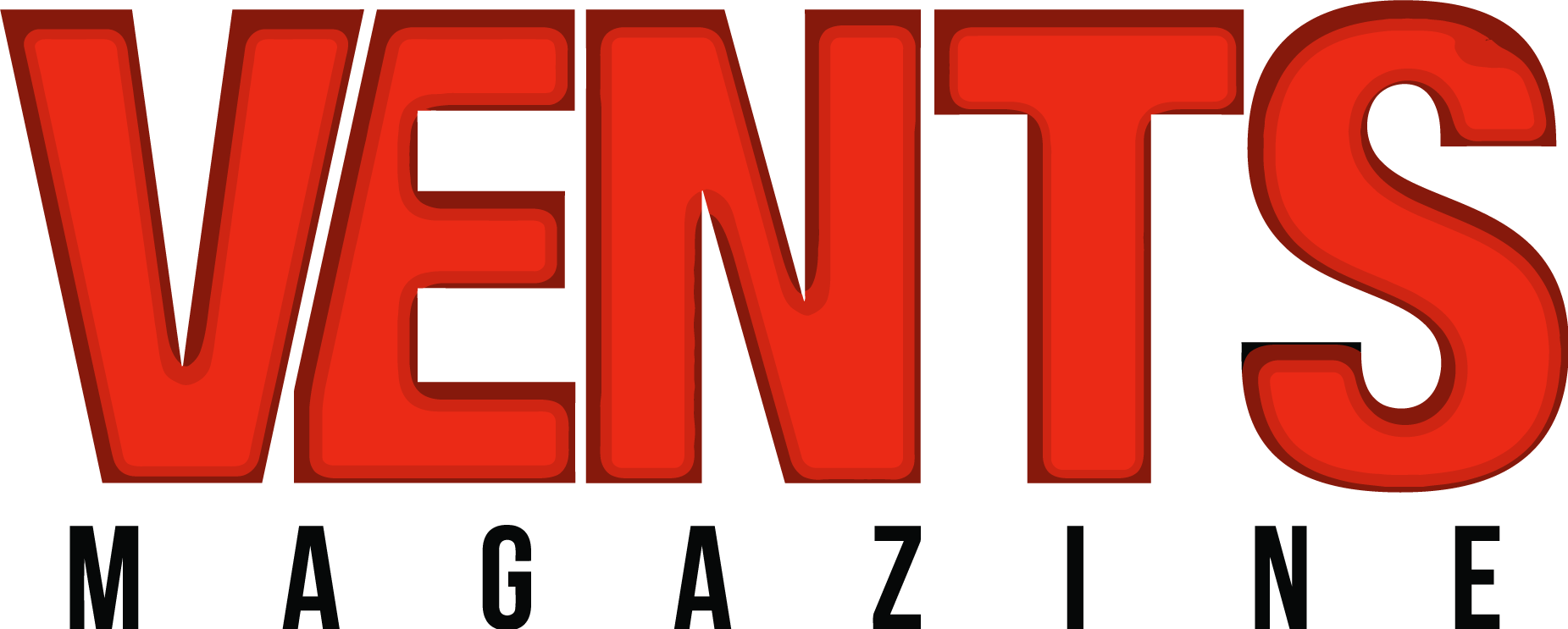
Sole traders often juggle income from several sources, such as freelance projects, consultancy work, or online sales. While this diversity can increase earnings, it also complicates tax reporting. HMRC’s Making Tax Digital initiative requires all income and expenses to be tracked digitally and submitted quarterly. For sole traders managing multiple revenue streams, understanding how Making Tax Digital for sole trader businesses applies is crucial for accurate reporting and compliance.
One of the main challenges is categorising income correctly. Different streams may have distinct VAT treatments or tax deductions. Using spreadsheets alone can be error-prone and time-consuming. MTD-compliant accounting software helps sole traders record transactions in real time, automatically assign them to the correct income category, and generate quarterly reports ready for HMRC submission. This ensures that each revenue stream is accounted for accurately and reduces the likelihood of errors or penalties.
Expense allocation is equally important. Sole traders must match expenses to the correct income stream to maximise allowable deductions. Digital accounting tools enable this by allowing transactions to be tagged or linked to specific projects or clients. This ensures that tax calculations reflect the true profitability of each income source and supports effective financial management.
Cash flow forecasting is another benefit of digital recordkeeping. Sole traders often face irregular payment schedules, making it hard to anticipate tax liabilities. By maintaining digital records and generating real-time reports, sole traders can estimate upcoming tax obligations, plan for quarterly payments, and avoid last-minute cash shortfalls. This proactive approach simplifies financial planning and reduces stress.
For sole traders handling multiple income streams, selecting the best free making tax digital software is essential. Features to look for include multi-stream categorisation, automatic bank feeds, invoice tracking, and simple report generation. Some platforms even allow integration with project management or payment systems, making it easier to manage complex workflows without manual intervention.
While software greatly simplifies compliance, professional guidance is still valuable. Accountants familiar with MTD can advise on how to structure records, identify allowable expenses, and ensure quarterly submissions meet HMRC requirements. Combining software with expert advice gives sole traders confidence that their accounts are accurate and fully compliant.
In conclusion, sole traders with multiple revenue streams face specific challenges under Making Tax Digital. By adopting MTD-compliant software, maintaining accurate digital records, and seeking professional guidance when needed, sole traders can manage income and expenses efficiently, forecast tax liabilities, and reduce the risk of errors. Implementing these strategies ensures that Making Tax Digital for sole trader businesses remain organised, compliant, and financially prepared throughout the year.
